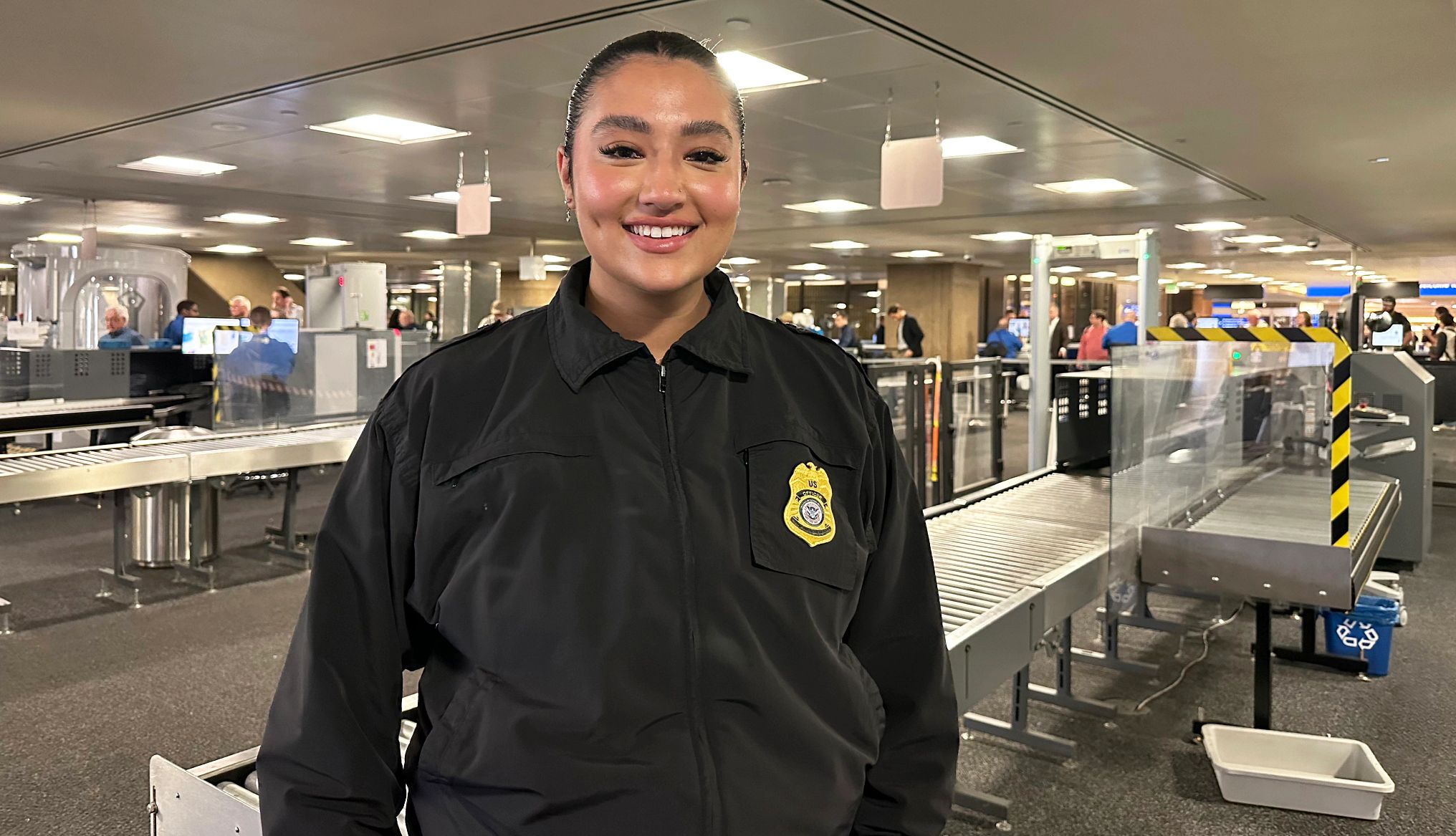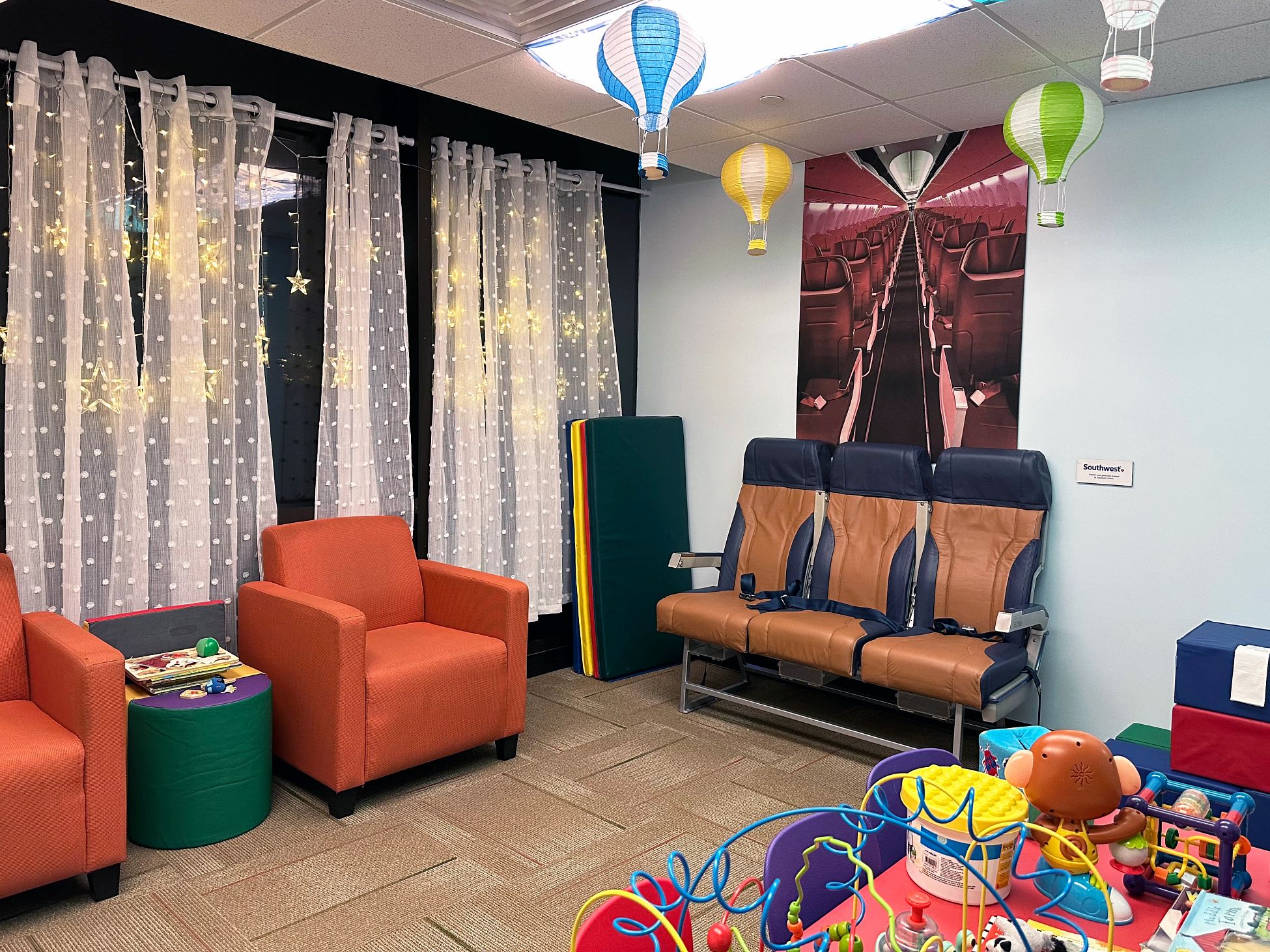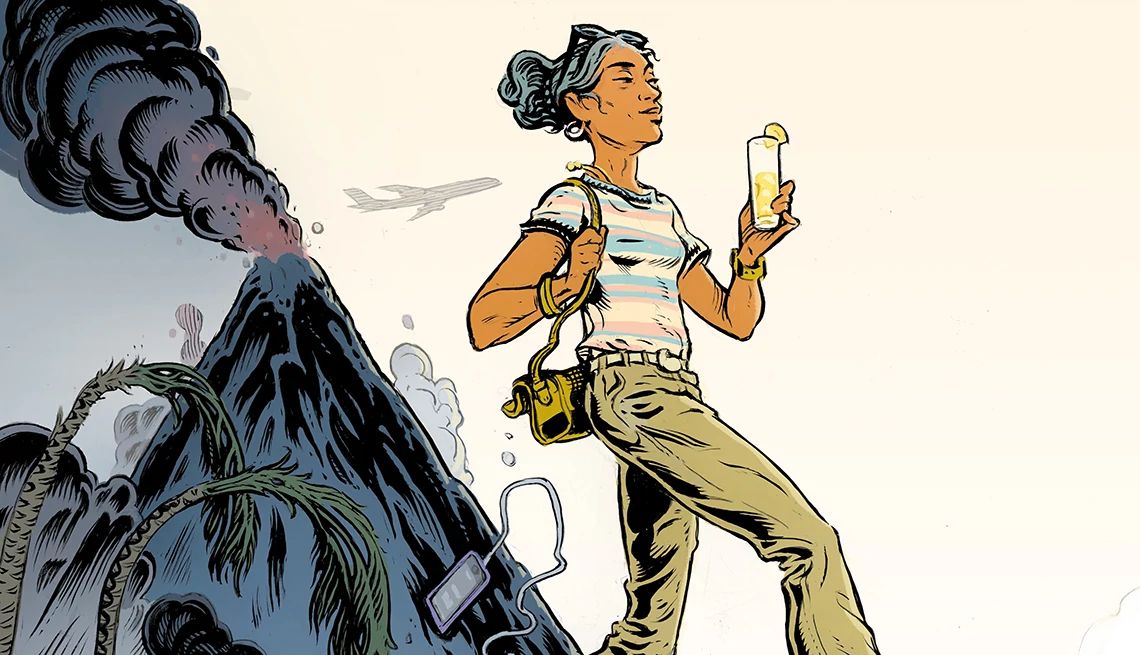AARP Hearing Center
As someone who takes more than 50 flights a year, I’m quite familiar with Transportation Security Administration (TSA) officers. These uniformed officers do their best to keep everyone safe, but their presence often adds stress and delays to a traveler’s day.
Imagine my surprise when I learned about the TSA Cares program, which provides free assistance to travelers with disabilities, medical conditions and other special circumstances, such as expedited screening for passengers 75 and older, to ensure a smooth security screening process. TSA Cares is available at all airports, though the level of support at each airport varies. I recommended it to my brother’s girlfriend, who was traveling on crutches after knee surgery, and she raved about the friendly and convenient service that made what could have been a daunting travel day a breeze.
According to AARP’s Destination Aging: Travel Challenges Among 50-Plus Adults survey, travelers 50-plus said that getting into the airport (33 percent), through security (33 percent) and to the gate (32 percent) were the most difficult aspects of travel.
A spate of recent incidents has some travelers questioning the safety of air travel. In January, a deadly mid-air collision between a plane and a helicopter killed 67 people. In the last couple of weeks, air traffic controllers directing planes into the airport in Newark, New Jersey, struggled with radar outages. In addition, there have been flight delays and cancellations because of a shortage of air traffic controllers there.
Was there really a different side of TSA? I was determined to see for myself.
On March 12, 2025, I shadowed a dedicated team of Passenger Support Specialists, led by supervisor Ramneet “Remy” Kang, at Phoenix Sky Harbor International Airport to witness how the service works. I met a team of sensitive, caring and soft-spoken employees who serve to de-escalate the chaos and stress of security and usher passengers in need seamlessly to their gates. I was blown away.
11:02 a.m.
Kang receives a call from passenger Andrew Roscoe, 55, who says he is nearing the terminal and will soon be ready for assistance. Roscoe, from the Minneapolis area, filled out a TSA Cares form because he was recently hospitalized and is traveling with a large amount of liquid antibiotics. He was anxious about traveling with medical supplies. He and Kang spoke on the phone several times in the week leading up to his flight to discuss his needs and concerns, and again the day of to ensure he felt confident with what to expect and when and where to meet.






































































